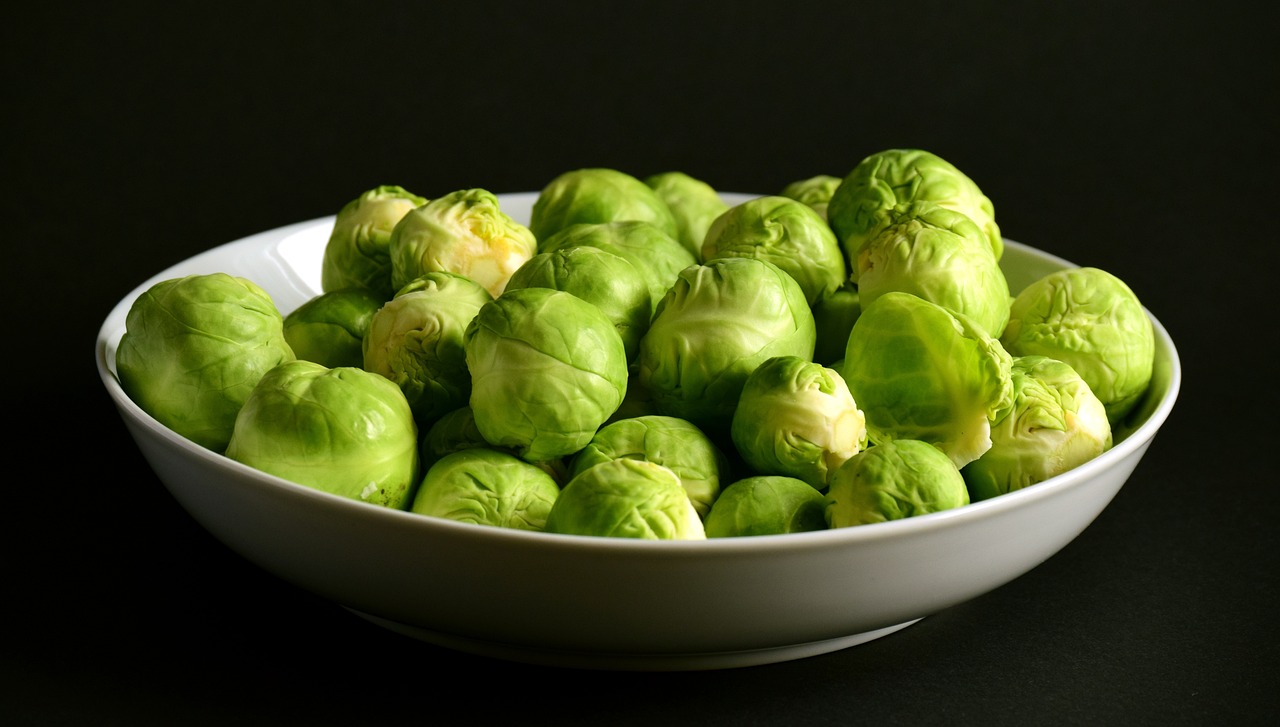
Sweet Peas. One for all year round. Image: YvonneHuijbens / Pixabay
Now that things are slowing down, there’s plenty of time to look back and see what went well and, alternatively, what didn’t do what was expected. On reflection, it was wetter than other growing seasons, and temperatures weren’t exactly tropical.
Like every year, some plants thrive while others hardly whimper. Sweet peas seemed to love the consistent damp soil and cooler temperatures. Just when they needed water, it would rain, and their flowering window would propel ever onwards.
If sown now in individual pots or even toilet roll inserts, they will, once germinated, resist temperatures of anything above -5C.
Start them off now on a windowsill or in the warmer part of the greenhouse, and they’ll accompany you through winter until they’re ready to plant out after the frosts have gone.
You can start some more off in February to keep the frilly, scented, fragile blooms coming even longer.
The beauty of sweet peas is the sheer variety of colours, and obviously the strong perfume that reminds us summer is around the corner.
Cultivars are available from the pure white of ‘Swan Lake’ to the almost black ‘Beaujolais’. Both these are single-colour varieties, but there are multi-coloured or rippled variants such as 'Nimbus,’ which is a pastel lilac and white that looks like it has just caught the last vapours of a purple spray can.
If you’re growing them to give away as a bouquet, then ‘Starry Night’ is a bright mix of different varieties that comes ready blended in order to push them just below the soil in groups of three so you don’t need to waste time arranging and planting matching colours.
Mixed ranunculus ‘claws’ can be pushed into the cold, sheltered ground now. They are often called Persian buttercups to reflect their bohemian shades and tightly packed petals that famously last forever in a vase. Once you’ve grown them the first year, they can be addictive, and you could be on the road to having your own national collection if you’re not careful.
On the Plot

Above: You can eat Brussels sprouts all year round. Image: ulleo / Pixabay
Even though it’s almost dark by 5pm, it’s not a problem as there is much less to do and it’s only a school holiday away from them stretching out again.
Keep the beds clear of dead leaves and put them wet and in punctured bin bags in a shady area for a year or two. This way you can add the resultant leaf mould to cheap compost. I've found shop bought compost has deteriorated over the years and needs bolstering. You can add dead comfrey and nettles to the leaf mould to do just this when the time comes.
Turn over your own compost heap with a garden fork to mix the helpful bacteria and get oxygen in there to feed it. Not doing this will leave you with a thick but nutritious sludge rather than the crumbly gold we know and love.
Harvest winter cabbages and cauliflower now rather than let them fall victim to the pigeons who seem to live on nothing but allotment vegetables in winter.
Keep sowing broad bean ‘Aquadulce’ before it’s too late and winter salads. ‘Tom Thumb’ or ‘Oak Leaf’ green or red can be sown under glass to give them extra warmth for germination.
Even though the hours of light are shorter, these varieties can still produce a good crop all year round if just given the smallest amount of nurture and care.
Keep checking your netting over the brassicas, especially the Brussels sprouts. People forget you can actually eat these all year round, and they are quite a straightforward plant to grow, and like many winter vegetables, they will remain in situ until needed. This is particularly helpful with parsnips, given they sweeten up after a hard frost and will wait until the next roast dinner is planned.
Subscribe or register today to discover more from DonegalLive.ie
Buy the e-paper of the Donegal Democrat, Donegal People's Press, Donegal Post and Inish Times here for instant access to Donegal's premier news titles.
Keep up with the latest news from Donegal with our daily newsletter featuring the most important stories of the day delivered to your inbox every evening at 5pm.